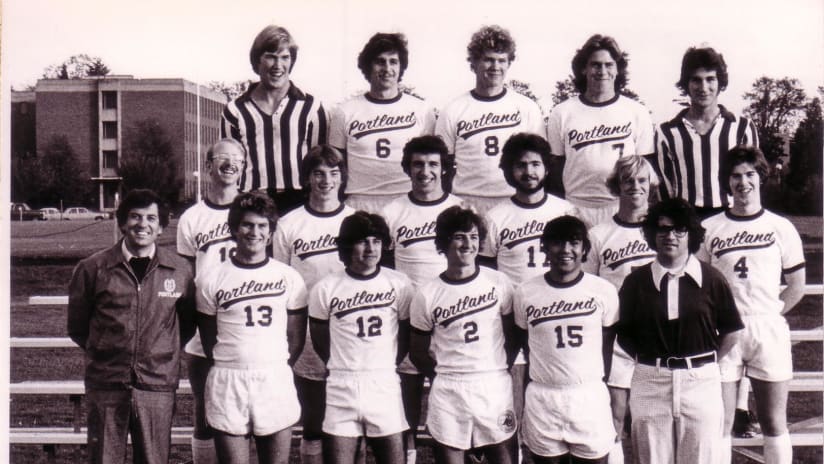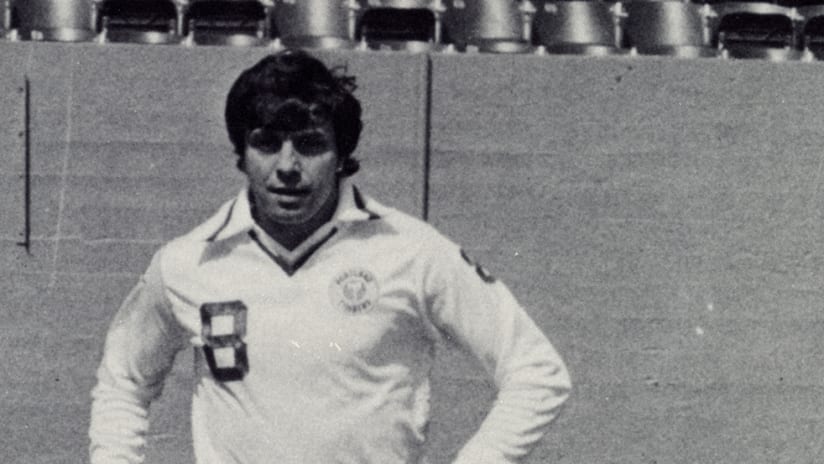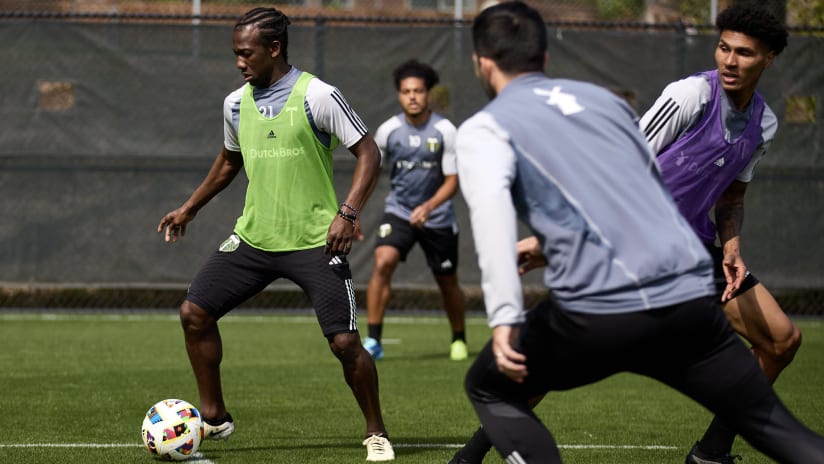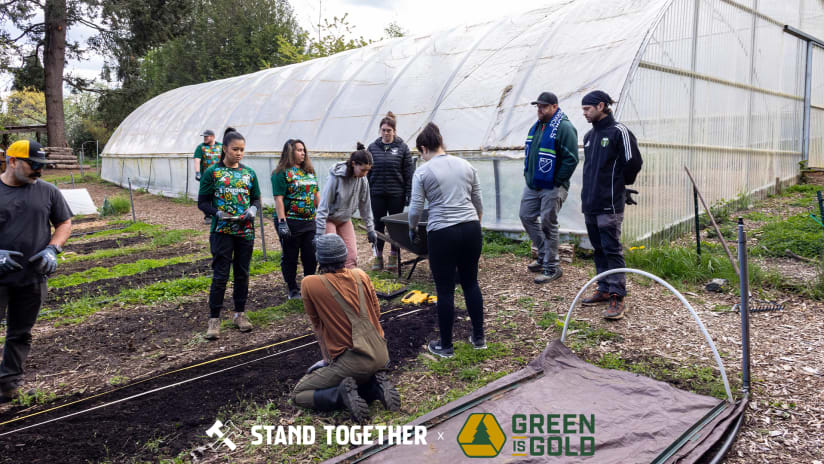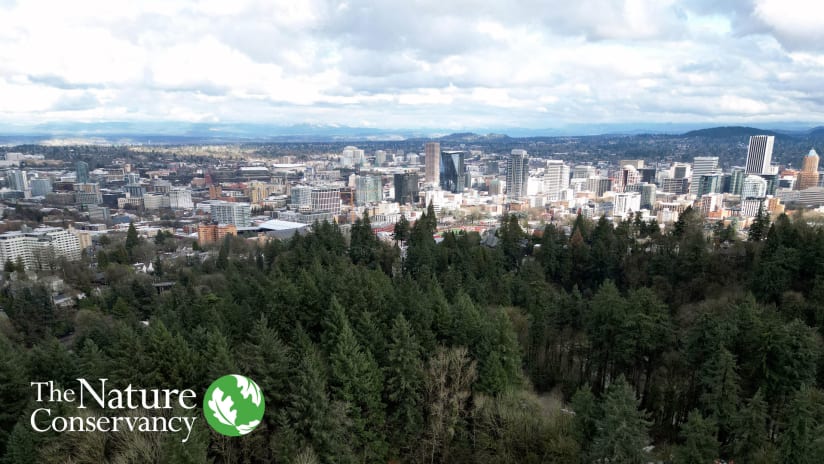Sounds from the roar of the crowd and the distinct thump of a perfectly struck soccer ball have given way to the clattering of excavators, cranes, and other modern machines at PGE Park. And it sounds beautiful.
Less than a week after the legendary “Sunflower” victory and regular-season finale against Puerto Rico, construction crews descended into the inner bowl of PGE Park to begin their grand task of getting the field ready for the 2011 arrival of Major League Soccer. $31 million will go into the renovation with new eastern stands, club seats, and all kinds of other exciting bells and whistles. There was some limited foundation work done last year in the offseason to prepare but nothing quite to the degree with which construction events are moving now.
Signs are coming down, turf is being removed, and bulldozers are moving every which way. It is interesting to note, however, that there is definitely a method to the madness with special care throughout. Take for example, the seemingly random rectangle cut into the middle of the field near what would have been considered the eastern edge of the midfield line of the soccer field.
Few people may know that running underneath the stadium is Tanner Creek. Originally named in the 1860s for a nearby tannery, the creek runs from the west hills through the southwest and northwest quarters of Portland into the Willamette River. By the 1890s, the city re-directed the creek underground through a series of culverts. Some of these age-old brick-lined tunnels run underneath the stadium which means that the “random” rectangle in the center will actually become a temporary “bridge” built so that heavy machinery can move from one side of the construction site to the other without damaging the creek. The new eastern stands—soon to be filled with raucous fans—are also engineered to prevent harm to the underground tunnels.
A passerby walking along SW 18th Avenue may notice piles of items now strewn across the field. Many of these items—such as the steel and various metals—that are being removed are being recycled and almost every piece of refuse is being sorted and disassembled for recyclable materials. Moreover, much of the field game equipment— the baseball foul poles, the infield dirt, padded walls, batting cage equipment, netting, benches, a wheel barrow, a portable pitching mound, various hand tools, football field markers, to name but a few—are being given to the Portland Interscholastic League for use with high school athletic events.
So with only one week into what is a frenzy of activity, it is clear that there is a long list of to-do items. However, the end result will be worth the wait.


